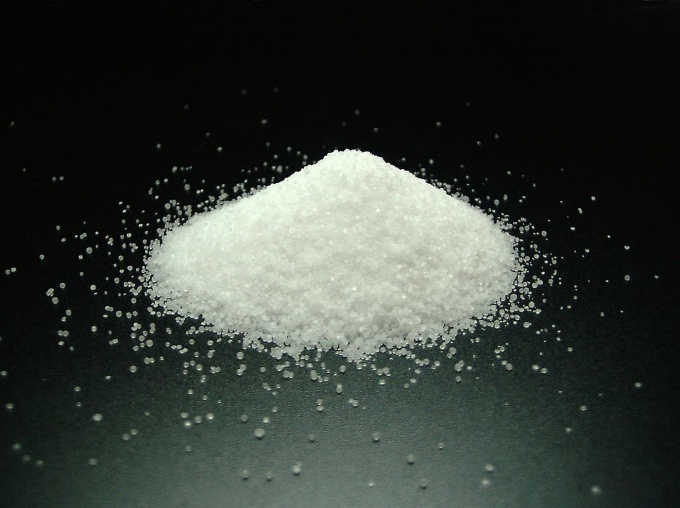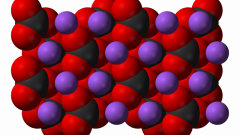Instruction
1
If we are talking about the first dish, then the fastest and easiest way is just to add water, thus "thin out the soup to reduce the salt concentration. But it shows a blatant lack of professionalism! Because the taste of the dish while will probably be worse than it could be. No self-respecting professional wouldn't do that.
2
A much better method, though more laborious, is to add a "brace" that is a product, which is in the process of cooking will absorb the excess salt. This can be, for example, raw peeled potatoes, the amount of which is determined empirically, depending on the amount of dishes and the degree of pea. Well suited for this purpose Fig. It, tied in gauze bag, placed in a container of boiling dish, and after he will absorb the excess salt is removed.
3
If salted broth intended for serving in a "pure form", i.e. without refueling, it is possible to put, for example, home-made fresh noodles. When it seethe, it is removed. Then "one shot kill two birds with one stone and fix the taste of the first dish, and make a beautiful garnish to the second. It is important to make sure that the strips of noodles were flour, otherwise the broth may take an unpleasant "muddy" look.
4
If too salty dish, in some cases, to neutralize the excess salt will fit the same raw potatoes, raw carrots, cabbage, turnips. In short, virtually any vegetable. After the main course taste will improve, "quickdraw" is removed. On this basis it is possible to make a good side dish, such as stewed vegetable mixture.
5
But of course it's possible not in all cases. It is almost impossible to remove the excess salt from the pork chops, meatballs. So if you are unsure of the dosage is better to a little repulsed insufficient salting the pieces of meat, or minced meat!
Useful advice
And remember: as a "guy" does not use ready-made pasta! Because they, as a rule, already contain salt, even in small quantities.



